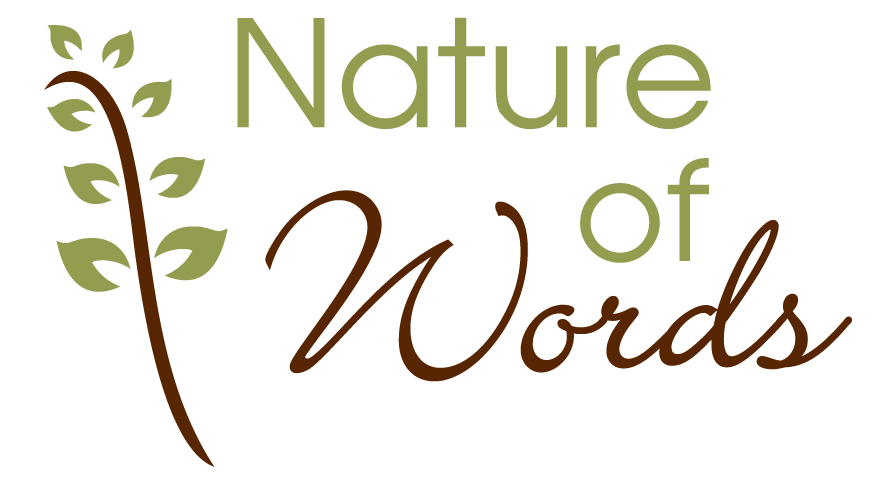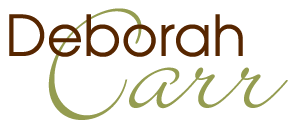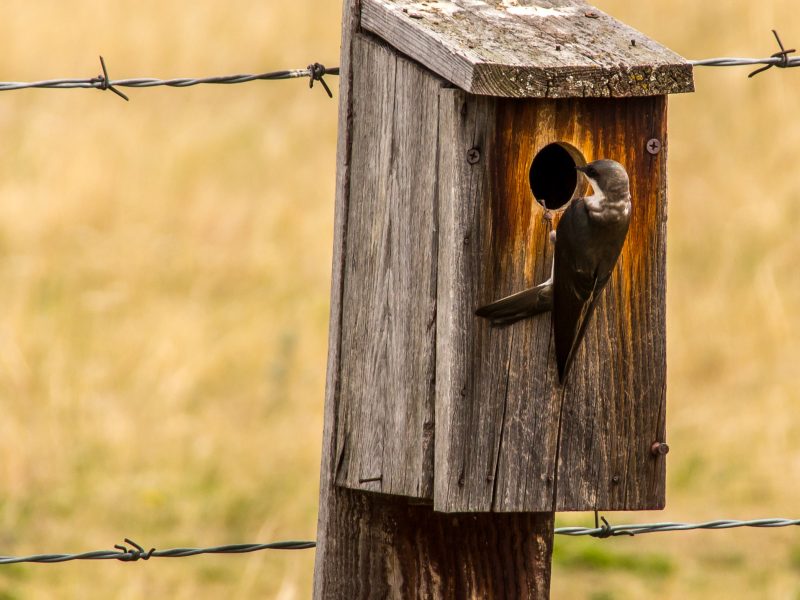
Just think!
(Saltscapes Magazine, Dec 2020)
Our thoughtlessness and ignorance costs wildlife dearly. (Part 2 of a 2-part series)
Jim Goltz enjoys walking along the edge of the Wolastoq (Saint John) River near Fredericton. Shadowed by the graffitied abutments of the Princess Margaret Bridge and bounded by the busy Lincoln Road, the riverside space where we meet is surrounded by urban development, a place representative of the human impacts on nature.
From here, one can follow the Salamanca Trail north to the spot where Wolastoqiyik elders and other First Nations representatives held a ceremony in 2018 to reclaim the river’s original name of ‘Wolastoq’, meaning ‘bountiful, beautiful river.’ Elders say reclaiming the river’s name is a step towards healing.
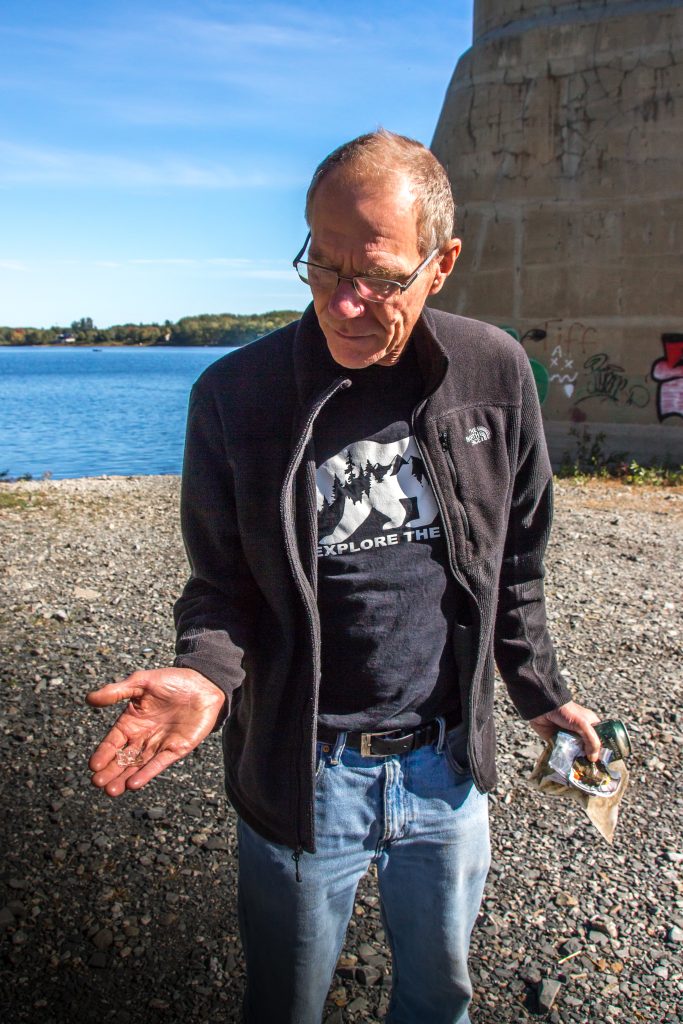
Jim Goltz cleaning up on a shoreline. “with the acquisition of material things comes a responsibility to dispose of things properly.” (copyright © Deborah Carr)
Once home to healthy, native populations of trout and salmon and a wealth of plant medicines, the Wolastoq has been called one of Canada’s most disrupted river systems, suffering the accumulated impacts of industrial forestry in her headwaters and tributaries, run-off from agricultural fields, pollution from urban and industrial wastewater, flow control by dams, altered habitat from development, and introduction of non-native fish species.
Although local organizations and municipalities have made advancements towards ecological restoration, the river habitat faces an additional threat: climate change.
A curious mind
Goltz spent his career investigating causes of animal mortality as a veterinary pathologist with the New Brunswick Department of Agriculture, Aquaculture and Fisheries, becoming Chief Provincial Veterinarian prior to retiring in March. He also shares his encyclopedic knowledge of animal and plant biology by conducting interpretive walks for nature organizations, and volunteering at the Fredericton Botanical Garden.
“I have a deep concern for the living things that share our world,” he says. “Both plants and animals. And an insatiable curiosity about the natural world. When you have a curious mind, you’re never bored.”
Goltz’s curiosity and concern are well founded. Scientists predict that globally more than one million species are on track for extinction in the coming decades. Meanwhile, a Supreme Court recently found the Nova Scotia government was failing in its obligations to protect species at risk, and a 2020 report by East Coast Environmental Law assesses New Brunswick’s performance to be equally dismal. A World Wildlife Fund protection assessment gave all three Maritime provinces a failing grade, specifically citing the Wolastoq watershed as critically important habitat.
As he prowls the shoreline, scanning the water for aquatic life, the mud for tracks, and the treetops for birds, Goltz steps around a tangle of bald tires and food containers, then stoops to pick up a plastic bag and an aluminum can.
“Sea turtles eat plastic bags like this, thinking they’re jellyfish. It’s a slow, painful death…agonizing,” he muses, fingering the plastic. “With the acquisition of material things comes a responsibility to dispose of things properly.”
Human threats
Every day, animals run a gauntlet through our carelessly discarded garbage: toxic sprays, plastic bags and packaging, golf balls, balloons, batteries, broken glass, fishing line, wire and rope, old appliances…all are hazardous materials. Curious skunks get heads caught in unlidded jars and plastic six-pack rings; gulls ingest or get plastic milk carton pull-tabs stuck around their bills. Careful disposal and a quick snip of hooped refuse reduces the threat.
As well, the food we throw away accumulates in landfills, luring eagles and other birds of prey to these artificial food sources, increasing risk of injury, infection, or poisoning.
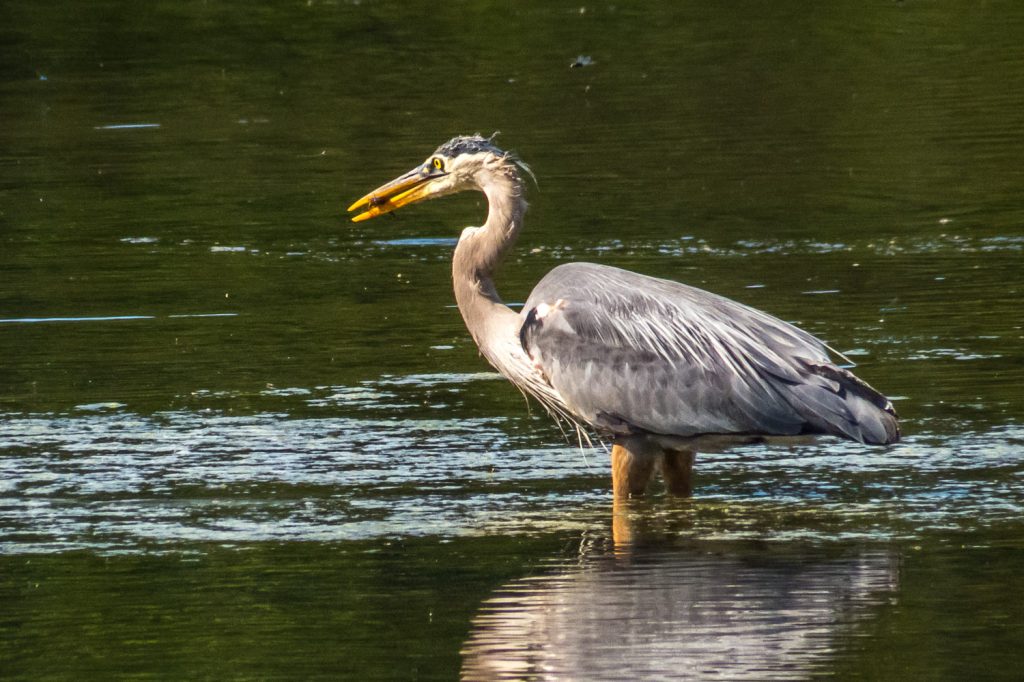
A Great Blue Heron fishes. Discarded fishing line and lead shot can be a fatal problem for waterfowl. (image copyright © Deborah Carr)
Another toxic substance is lead. While it’s illegal to shoot waterfowl with lead shot, some hunters still choose it for inland game hunting. Eagles and other scavengers ingest it from carcasses left behind; ground foragers pick fragments from the soil. Lead poisoning affects the nervous system, causing gradual paralysis. Unable to hunt, the animal slowly dies from starvation.
“I’ve encountered loons that died of lead toxicity, as well,” Goltz notes. “They eat the sinkers attached to fish that got away.”
“How do we go about stopping behaviour that’s disruptive to living things?” he asks, then answers his own question. “The best way is through children. They’re the conscience of adults. They know better and are the ones most likely to keep the adults from doing things they shouldn’t.”
Atlantic Wildlife Institute near Sackville, NB receives up to 5,000 animals a year, injured or displaced from their habitats, and co-founder Pam Novak says that number is growing.
“You can rehab until you drop,” she says, “but you’re not going to make a difference beyond the individual animal until you turn it into informational education programming and messaging so the public can understand the results of their actions and why we need to take these actions.”
Observe without disrupting
So, how do we, as individuals, practice better stewardship? We can start participating in our own education by simply observing the wildlife with whom we share our space. Spending quiet time in our yards, fields, forests, or along waterways can be immensely rewarding.
Observation, as a practice, contributes to our own well-being, as well. The more we learn and understand, the more we love and protect.
“When we observe wildlife, we can see how they’re impacted daily by our human activities,” says Novak. “We have a responsibility to address those needs. It’s not just a matter of humane treatment of an animal in distress. It goes beyond that because we caused this issue. We’re why so many animals are in distress.”
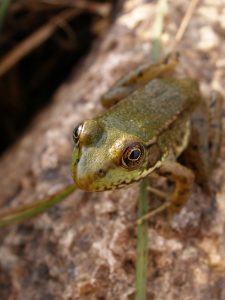
Handling amphibians when we have sunscreen, insect repellent or other chemicals on our skin can prove fatal for the animal. (image copyright © Deborah Carr)
The aim is to observe without disrupting. You’re a safe distance when an animal ignores your presence and goes about its business in a normal manner.
“We can teach young people ethics about wildlife observation, but must remember some of the things we do in our enthusiasm can put the animal at risk or stress,” says Goltz. Children like to handle frogs, but sunscreen or insect repellent on their hands can be fatal for an amphibian, which has sensitive, absorbent skin. “I’ve watched frogs die within minutes of contact,” he says. “It’s not pretty.”
“Wildlife encounters make me feel happy and at peace, and have given me intense joy…I have learned to fully immerse myself in the moment and to be satisfied with
my encounter, even when that moment is ephemeral.”
–Jim Goltz
“Many people are seeking to reconnect with nature,” says naturalist, Denis Doucet, “but I feel we’re more disconnected than ever.” While the pandemic has made us more aware of how nature improves our well-being, it has also created barriers.
“When I work as a nature interpreter, my job is to provoke, relate, reveal,” he says, but now with safety protocols, social distancing, and reduced opportunities, “it’s more difficult to educate people about nature, even though outside is one of the safest places to be.”

Naturalist, Denis Doucet, incites curiosity about wildlife by telling nature’s stories through his photography. (image copyright © Deborah Carr)
People often overlook the variety of creatures sharing their backyard, so Doucet photographs amphibians, birds and insects, then posts the images and backstories on Facebook as a means to invoke interest and offset fears. He says joining nature groups or downloading mobile nature identification apps, such as iNaturalist and Seek, encourages us to become naturalists and citizen scientists in our own region.
The greatest impacts on wildlife are loss or alteration of habitat and destruction of nesting or denning sites through road building, urban and agricultural development, waterway pollution, and clearcutting. As property owners, we can help offset these influences by re-wilding our yards.
“As you’re observing and learning about wildlife,” says Goltz, “note what they’re doing. They’re looking for food, shelter, water. Safe places to raise their young. When you provide habitat, you give them these things.”
Providing habitat for wildlife
Plant native trees, in particular nut-bearing, and berry bushes to provide food and shelter; leave areas with long grasses and weeds for cover. Milkweed is summer food for monarchs and goldenrod fuels their fall migration.
Don’t be so anxious to tidy up. Leaving rosehips on rosebushes and spent blossoms on lilacs provides winter food for birds. A brush pile becomes sanctuary for small birds, voles, squirrels and rabbits. Leaf litter creates winter lodging for insects such as fireflies and luna moths, and eventually breaks down to feed the soil. Hand-pull weeds, if you must, but remember that many, like spring dandelions, provide an essential first food source for hungry pollinators.
Natural water sources or garden features with running water are helpful, but if using birdbaths, keep them fresh and clean. Stagnant water contaminated with feces, rotting leaves and mold can breed deadly bacteria.
Choose non-toxic solutions like water, vegetable oil and dish soap over chemical pesticides to deter insects.
Consider building nest boxes, shelves and ledges (a safe distance from your home), or leave hollow or fallen trees as safe havens for squirrels, skunks, raccoons, woodpeckers and owls to raise their young.
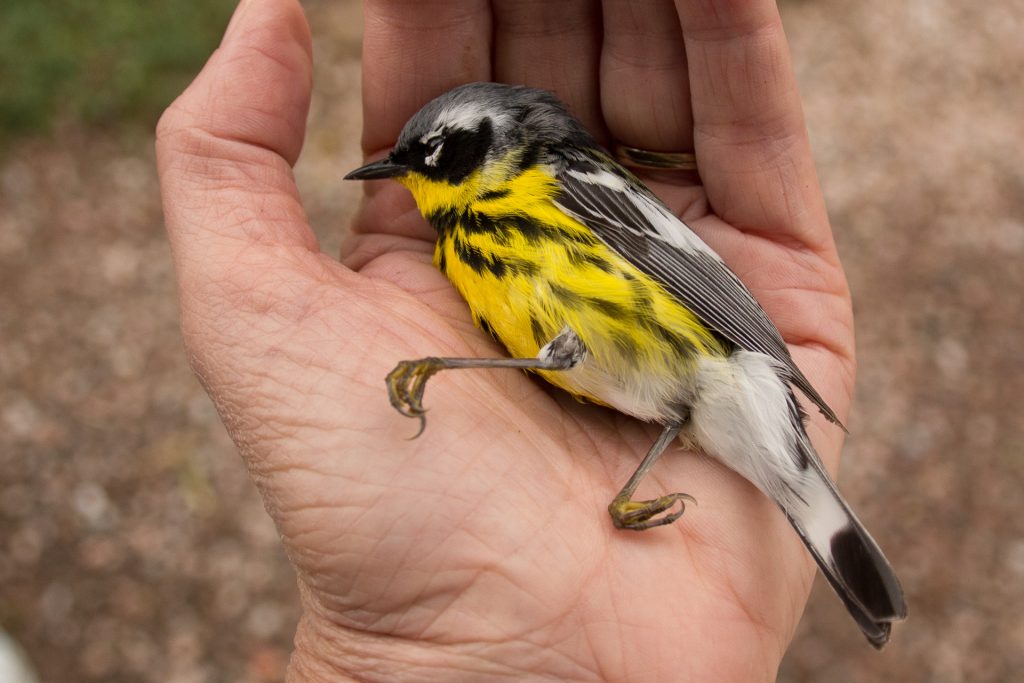
This magnolia warbler ran into a clean, shiny window.
Crafty animals teach us to be smarter. Install fencing around vegetable and flower gardens to discourage foragers and secure hen houses and outbuildings by plugging holes. If deer are present, avoid planting foods they enjoy, like hostas, rhododendrons and cedar.
Scientists estimate our beloved cats kill between 100 and 350 million birds a year in Canada, and an additional 25 million birds die from window impacts each year. We can make our windows safer by cutting reflection with decals, curtains of string, window feeders, dust accumulation, or drawing blinds and window treatments, but we can’t reduce the mortalities from cats without keeping our pets inside.
Another way to counteract our disruptive presence is to support wildlife rehabilitation or nature conservation groups: volunteer your time, donate money or land, buy conservation license plates. As well, we must continue pressuring our governments to strengthen policies that protect wildlife habitat and mitigate climate change.
“When you’ve watched nature,” says Goltz, “you realize every animal has an ecological niche and the best way to protect it is to preserve its habitat. Permanently.”
